Jef Diederen - Beautiful Head
- Description
- Jef Diederen (1920-2009)
| Type of artwork | Prints (signed) |
| Year | 1996 |
| Technique | Lithograph |
| Support | Paper |
| Style | Modern |
| Subject | Figures |
| Framed | Not framed |
| Dimensions | 50 x 38 cm (h x w) |
| Signed | Hand signed |
| Edition | 13/25 hc |
Translated with Google Translate. Original text show .
Jef Diederen
Nice head
1996
Lithograph on paper
50 x 38 cm
printed by Rento Brattinga, Amsterdam
published by Galerie Willy Schoots, Eindhoven
+
Publication
Jef Diederen
A survey of the work on paper from 1961 to 1997
work on paper, full-col, hard cover, 144 pp,
Jef Diederen (Heerlen, August 25, 1920 – Amsterdam, March 26, 2009) was a Dutch painter and graphic artist. Diederen was one of the so-called Amsterdam Limburgers. His later paintings are considered abstract art.
Life and work
From 1939 to 1943, he attended the Secondary School of Applied Arts in Maastricht, where he met Pieter Defesche, Ger Lataster, and Marianne van der Heijden. The school taught students virtually all art disciplines, from painting and printmaking to glass art and theater design. Jef continued his studies (Drawing) at the Rijksakademie van Beeldende Kunsten in Amsterdam in 1943, but left a year later to continue his studies in 1947. He participated in the group exhibition "Amsterdamse schilders van Nu" (Amsterdam Painters of Today) in 1948 and the exhibition "Jonge Schilders" (Young Painters) in Heerlen, which gave the group of exhibiting artists the name "Amsterdamse Limburgers." He completed his studies in Monumental and Decorative Painting in 1951. In 1948, 1949, and 1950, he received the Royal Grant for Painting. At the Rijksacademie, Diederen met Karel Appel and Corneille as fellow students, in addition to Lataster.
Until 1955, he primarily painted landscape gouaches or drawings. These were mostly realistic landscapes from his native South Limburg. The "Amsterdam Limburgers" eventually became known for a wide variety of work, but they were all deeply influenced by French post-Impressionist art. Afterward, like Ger Lataster, he developed in an abstract direction, although landscapes remained a major source of inspiration. The dimensions of his oil paintings were often idiosyncratic and therefore striking. He also combined canvases of various sizes.
Jef Diederen's art is lyrical-abstract with a friendly and soft feel, despite the strong colors. France has been a significant source of inspiration. His work is further characterized by strong social engagement. He creates works in response to, among other things, Apartheid in South Africa, the fate of Jews during World War II, Nazi executions in Ukraine, the oppression of Native Americans in the US, the Palestinian Intifada, political prisoners in Spain under the Franco regime, and the Vietnam War. His landscapes also address the depopulation of the French countryside. He creates extensive tributes to his jazz heroes like Albert Ayler, or favorite artists like Cézanne, and his artist friends Lei Molin and Pieter Defesche. He draws inspiration from, among other things, the writings of his friends, the poets Lucebert and Bert Schierbeek, and from medieval Spanish stories (such as "Romance del Prisonero"). As an idiosyncratic artist, he has never sought to align himself with any group or movement. In addition to his many paintings and works on paper, he also completed various commissions for murals and stained-glass windows. He is one of the Netherlands' leading graphic artists since the Second World War. He also taught at the Art Academy of 's-Hertogenbosch.
In 1987 he was awarded the Jeanne Oosting Prize, a prize in appreciation of the individual artistic quality of an oeuvre within figurative art.
Nice head
1996
Lithograph on paper
50 x 38 cm
printed by Rento Brattinga, Amsterdam
published by Galerie Willy Schoots, Eindhoven
+
Publication
Jef Diederen
A survey of the work on paper from 1961 to 1997
work on paper, full-col, hard cover, 144 pp,
Jef Diederen (Heerlen, August 25, 1920 – Amsterdam, March 26, 2009) was a Dutch painter and graphic artist. Diederen was one of the so-called Amsterdam Limburgers. His later paintings are considered abstract art.
Life and work
From 1939 to 1943, he attended the Secondary School of Applied Arts in Maastricht, where he met Pieter Defesche, Ger Lataster, and Marianne van der Heijden. The school taught students virtually all art disciplines, from painting and printmaking to glass art and theater design. Jef continued his studies (Drawing) at the Rijksakademie van Beeldende Kunsten in Amsterdam in 1943, but left a year later to continue his studies in 1947. He participated in the group exhibition "Amsterdamse schilders van Nu" (Amsterdam Painters of Today) in 1948 and the exhibition "Jonge Schilders" (Young Painters) in Heerlen, which gave the group of exhibiting artists the name "Amsterdamse Limburgers." He completed his studies in Monumental and Decorative Painting in 1951. In 1948, 1949, and 1950, he received the Royal Grant for Painting. At the Rijksacademie, Diederen met Karel Appel and Corneille as fellow students, in addition to Lataster.
Until 1955, he primarily painted landscape gouaches or drawings. These were mostly realistic landscapes from his native South Limburg. The "Amsterdam Limburgers" eventually became known for a wide variety of work, but they were all deeply influenced by French post-Impressionist art. Afterward, like Ger Lataster, he developed in an abstract direction, although landscapes remained a major source of inspiration. The dimensions of his oil paintings were often idiosyncratic and therefore striking. He also combined canvases of various sizes.
Jef Diederen's art is lyrical-abstract with a friendly and soft feel, despite the strong colors. France has been a significant source of inspiration. His work is further characterized by strong social engagement. He creates works in response to, among other things, Apartheid in South Africa, the fate of Jews during World War II, Nazi executions in Ukraine, the oppression of Native Americans in the US, the Palestinian Intifada, political prisoners in Spain under the Franco regime, and the Vietnam War. His landscapes also address the depopulation of the French countryside. He creates extensive tributes to his jazz heroes like Albert Ayler, or favorite artists like Cézanne, and his artist friends Lei Molin and Pieter Defesche. He draws inspiration from, among other things, the writings of his friends, the poets Lucebert and Bert Schierbeek, and from medieval Spanish stories (such as "Romance del Prisonero"). As an idiosyncratic artist, he has never sought to align himself with any group or movement. In addition to his many paintings and works on paper, he also completed various commissions for murals and stained-glass windows. He is one of the Netherlands' leading graphic artists since the Second World War. He also taught at the Art Academy of 's-Hertogenbosch.
In 1987 he was awarded the Jeanne Oosting Prize, a prize in appreciation of the individual artistic quality of an oeuvre within figurative art.
| Condition | |||||||||||
| Condition | Mint condition | ||||||||||
| Shipment | |||||||||||
| Shipment | Parcel post | ||||||||||
| Price | Up to 2 kg.
| ||||||||||
| Guarantee | |||||||||||
| Guarantee | By putting the item up for auction, I agree with the Terms of Guarantee as they are applicable at Kunstveiling regarding the accuracy of the description of the item | ||||||||||
The seller takes full responsibility for this item. Kunstveiling only provides the platform to facilitate this transaction, which has to be settled directly with the seller. More information .
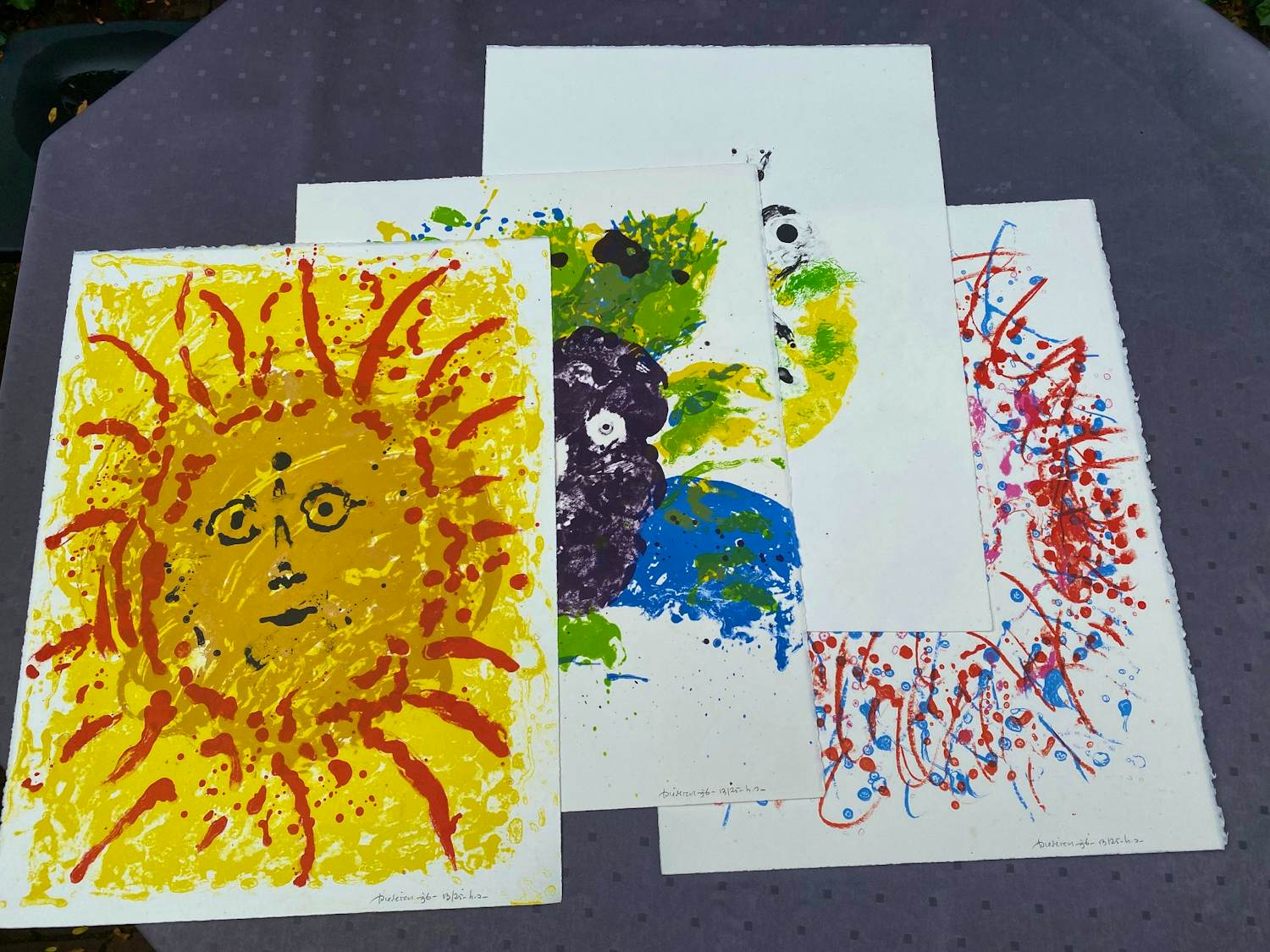
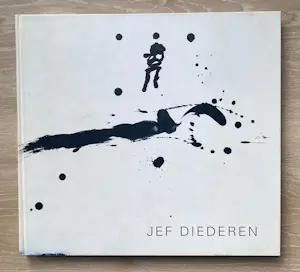


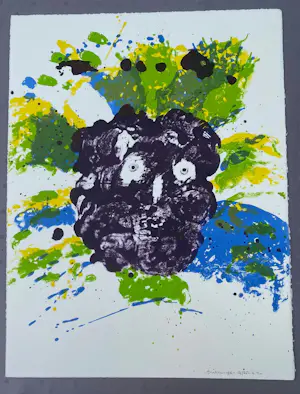
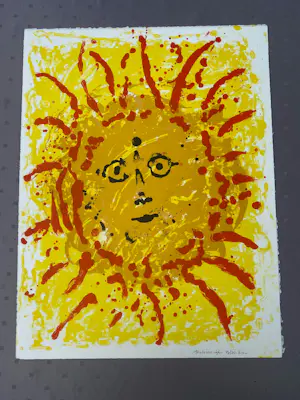
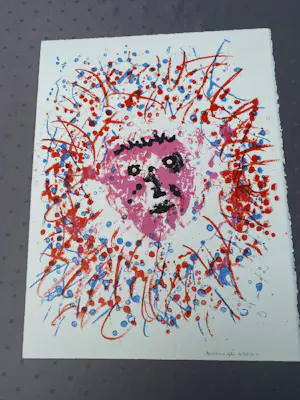
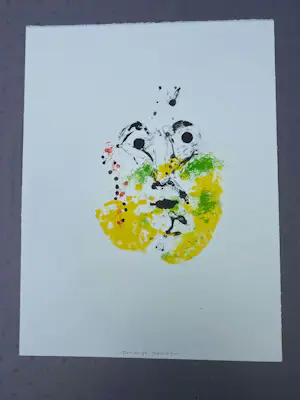
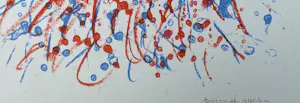
 Dutch
Dutch